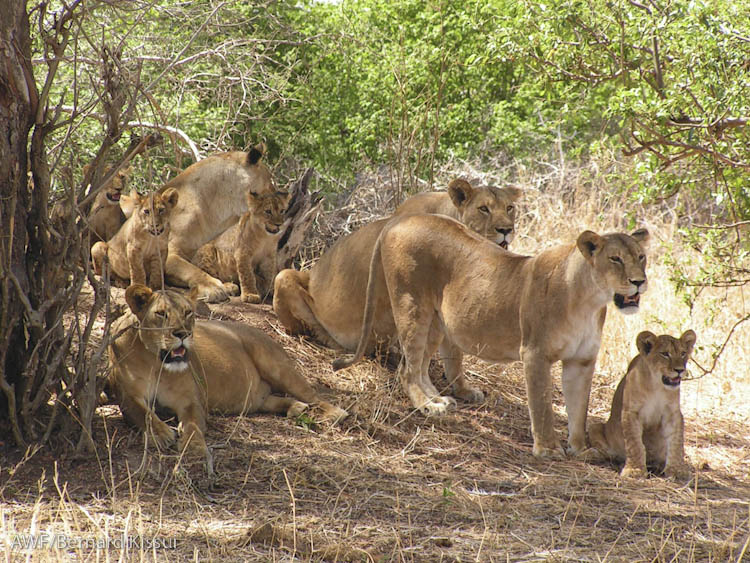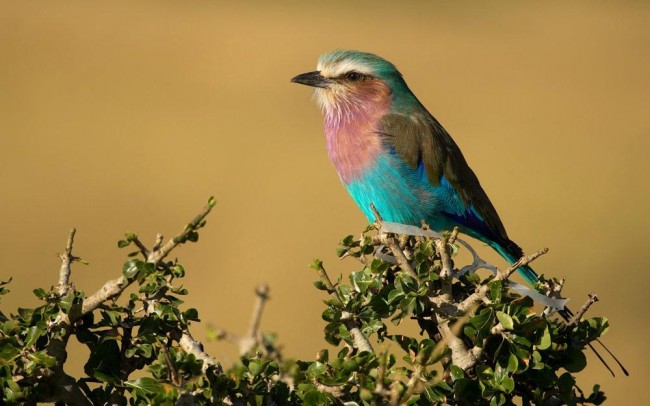
Tarangire National Park Facts
Tarangire National Park facts. It is for a fact that Tarangire National Park contains a very large wildlife concentration with the largest species of animals in Africa, as well as hundreds of bird species. Tarangire National Park was established in 1970, covering about 1100 square miles and is one of the most famous parks of Tanzania for her large diversity of wildlife, vegetation, bird species, tree-climbing lions and the great baobab trees. Tarangire National Park is one of the most visited Tanzania safari destination located in the northern part of Tanzania, making part of the list of northern safari circuits of Tanzania which is the most visited of all the safari circuits of Tanzania.
Tarangire National Park is named after the Tarangire River which flows through the savannah plains of the park, the only water source for the various Tarangire National Park animals during the dry season when all the other water sources have dried up.
There are a number of Tarangire National Park facts that are important to know as one embarks on a Tarangire National Park safari. Below are some of the Tarangire National Park facts worth knowing;
- Tarangire National Park is under the management of the Tanzania National Parks Authority (TANAPA) a government body responsible for the protection and conservation of the park and all the wildlife species therein. TANAPA is also responsible for the regulation of tariffs say the Tarangire National park fees including Tarangire National Park entrance fees.
- Tarangire National Park is the sixth largest national park in Tanzania, after Serengeti National Park, Mikumi National Park, Ruaha National Park, and others. This only means that travellers have a large area to cover to see more and more animals, which are quite diverse in the park.
- Tarangire National Park has a diverse vegetation cover comprising of great towering baobab trees, sausage trees, acacia tress all of which beautifully dot the savannah grasslands of Tarangire National park, and are a great source of shade to animals in Tarangire National Park, great picnic sites for lunches during game drives, as well as hiding areas for leopards and tree climbing lions which find them more comfortable than the ground. Be sure to look up for you may sight a leopard or even tree climbing lions.

- The great baobab tress which are a common sight in Tarangire National park are very ancient and long lasting trees believed to have survived for centuries, with some trees believed to be more than 300 years old.
- Tarangire National Park supports a great diversity of wildlife, including lions, cheetahs, elephants, tree-climbing lions, giraffes, zebras, wildebeests, hippos, primates, buffaloes, hartebeests, among so many other Tarangire National park animals that you may spot while on various activities in the park like game drives and walking safaris.
- Tarangire National Park hosts over 550 bird species, which travellers can see with birding safaris in the park, including migratory birds best seen in the month of November, endemic birds only found in Tanzania, as well as near endemic species and also swamp species. Birding safaris in Tarangire National Park are therefore very rewarding.
- There are about 700 lions estimated to inhabit Tarangire National Park, and therefore an easy sight while on a Tarangire National Park safari.
- It is also a fact that a white giraffe was spotted in Tarangire National Park in 2015. The giraffe was white because of the partial loss of pigmentation, commonly known as leucism.
- The Tarangire River, from which the park derives her name, flows through the vast savannah grasslands of the park. The Tarangire River is a great source of fresh water to the Tarangire National Park animals, especially in the dry season when the Tarangire River is the only source of water available with all the others having dried off.
- Tarangire National Park can be visited all throughout the year, with the best time to visit Tarangire National Park being in the dry season in the months of June to October. The dry season is the best time to visit for game drives and game viewing. The wet season however is also the best time to visit Tarangire National park for birding safaris.

- Getting to Tarangire National Park can be done both by road and air, depending on what your preferences are. By road travellers can get to Tarangire National park from Arusha, on a drive of about 2-3 hours. By air, there are a number of domestic airlines to use say Flight Link, from various places like Arusha airport to any of the airstrips in and around Tarangire National Park.
Tarangire National Park facts do have you knowing a few things about the park before you do embark on a safari in the park. The above are some of the Tarangire National Park facts worth knowing. Tarangire national Park is a beautiful Africa safari destination worth visiting, sometimes referred to as the smaller version of the Serengeti National Park. With this in mind, take time to include Tarangire National park in any of your Tanzania safari plans and be rewarded with some of the most unforgettable Tanzania safari experiences. You may also combine Tarangire National park with other Tanzania safari destinations like Serengeti National park, the Ngorongoro Crater Tanzania, Lake Manyara national Park, among so many others, as per your preference. Get in touch with a reputable tour operator like Focus East Africa Tours to help you pitch together an amazing Tanzania safari tour.


